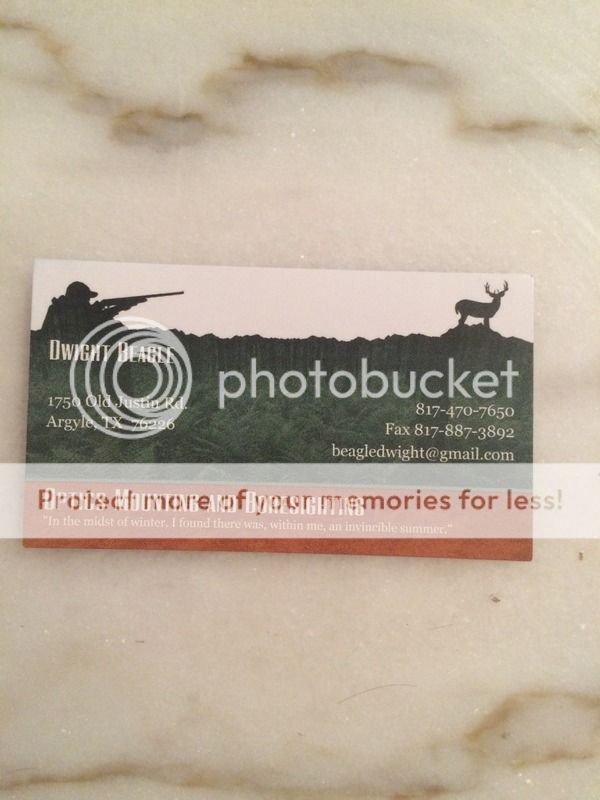mrbladedude
Member
On a Winchester Model 70, I have decided to get the Badger Ordnance rail and scope mounts. There are 3 options with the rail. Long, short and short magnum action scope rail. Which one is suitable for the Model 70 in 30-06? As for the rings, the lower the better correct? Should I get the medium ones or their smallest size on this particular firearm?
Some say if the rings are too low they will interfere with the bolt. So looking for advice for a Model 70 specifically.
Scope is a Leupold VX-2 3-9x40mm with a bdc reticle
As for the Model 70, does it come with a standard barrel length or do I get to choose? Interest in the Super Grade or the Featherweight.
Some say if the rings are too low they will interfere with the bolt. So looking for advice for a Model 70 specifically.
Scope is a Leupold VX-2 3-9x40mm with a bdc reticle
As for the Model 70, does it come with a standard barrel length or do I get to choose? Interest in the Super Grade or the Featherweight.



